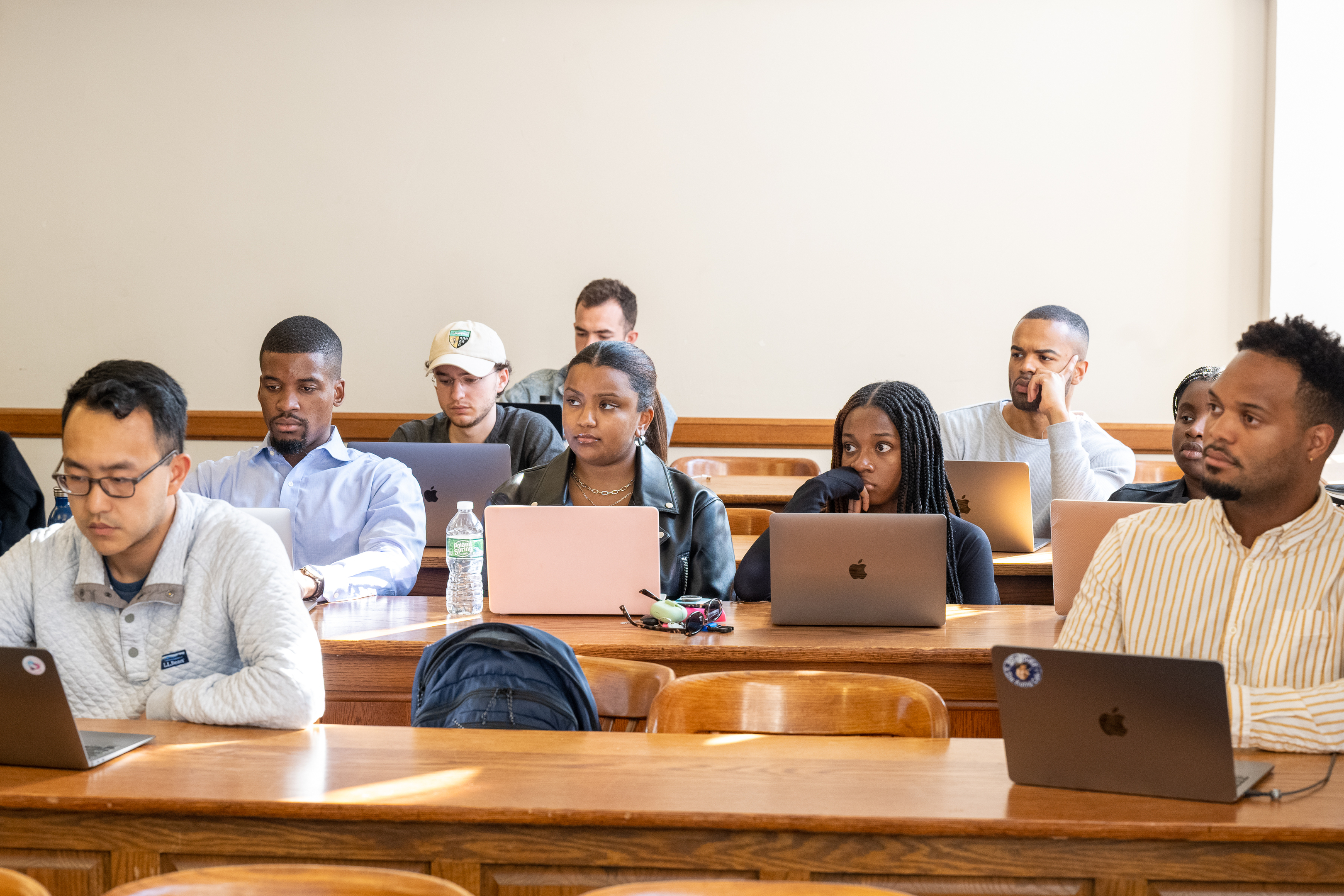Barnett, S., & Ceci, S. (2002). When and where do we apply what we learn? A taxonomy for far transfer. Psychological Bulletin 128, 612-37.
Kober, N. (2015). Reaching Students: What Research Says About Effective Instruction in Undergraduate Science and Engineering. Board on Science Education, Division of Behavioral and Social Sciences and Education. Washington, DC: The National Academies Press.
National Research Council. (2000). How people learn: Brain, mind, experience and school: Expanded edition. JD Bransford, AL Brown, RR Cocking (Eds)., Committee on Developments in the Science of Learning and Committee on Learning Research and Educational Practice, Commission on Behavioral and Social Sciences and Education, National Research Council. Washington, DC: National Academy Press.
Perkins, D., and Salomon, G. (1992). Transfer of Learning. International Encyclopedia of Education. 2nd Ed. Oxford, England: Pergamon Press.
